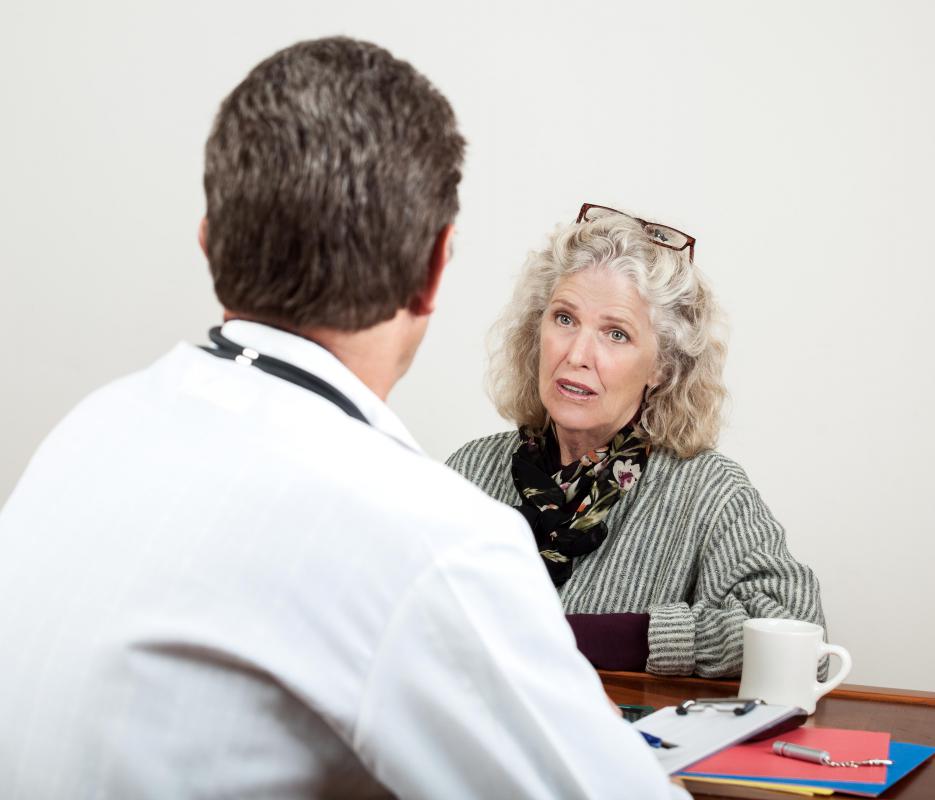At WiseGEEK, we're committed to delivering accurate, trustworthy information. Our expert-authored content is rigorously fact-checked and sourced from credible authorities. Discover how we uphold the highest standards in providing you with reliable knowledge.
How Common is Endometriosis After Menopause?
Endometriosis after menopause is generally unheard of. The hormones secreted by the ovaries during the menstrual cycle, primarily estrogen, are the cause of the excess tissue growth commonly associated with endometriosis. Once menopause has occurred, these hormones are no longer secreted in high amounts into the body, and symptoms of the condition usually subside. Additionally, it is not usually seen in girls who are below the age of puberty.
The condition known as endometriosis refers to the growth of endometrium, or tissue, outside of the uterus during the normal menstrual cycle. It is not fully understood what causes this growth, although emerging research indicates that women with the condition are more likely to have immune system disorders. When the normal lining of the uterus detaches and exits the body during the normal menstrual period, the extra tissue also begins to bleed out into the abdominal cavity. This can lead to benign tumors and scarring.

Even in those who have had the condition all their lives, endometriosis after menopause is highly uncommon. Once the ovaries cease their production of reproductive hormones, the lining of the uterus as well as any excess tissue growth outside of the uterus halts growth. This leads to a marked decrease in symptoms.
Complications associated with endometriosis are also rare, although scar tissue can still remain. This does not generally cause discomfort, but in some instances, it may need to be surgically removed to present it from impacting surrounding organs. Even this is relatively rare once menstrual periods have fully ceased. It should be noted, however, that sometimes a premenopausal woman may go several months between periods and then have one again, thus leading to renewed symptoms.

Patients who exhibit symptoms of endometriosis after menopause may be examined for another health condition. Common signs of the condition can include severe abdominal pain, bloating, pain during or right after sex, fatigue, painful or difficult bowel movements, lower back pain, and vaginal bleeding. After menopause, these symptoms can be indicative of another serious medical condition, such as ovarian or uterine cancer. Gastrointestinal problems may also cause many of the same symptoms.

Diagnoses for symptoms of endometriosis after menopause may require the use of an ultrasound machine, laparoscopy, or magnetic resonance imaging. In most cases, these symptoms are the sign of a mild medical condition that is fully treatable. A proper exam by a licensed physician is highly recommended, however, to rule out the chance of a more severe illness.
AS FEATURED ON:
AS FEATURED ON:















Discuss this Article
Post your comments